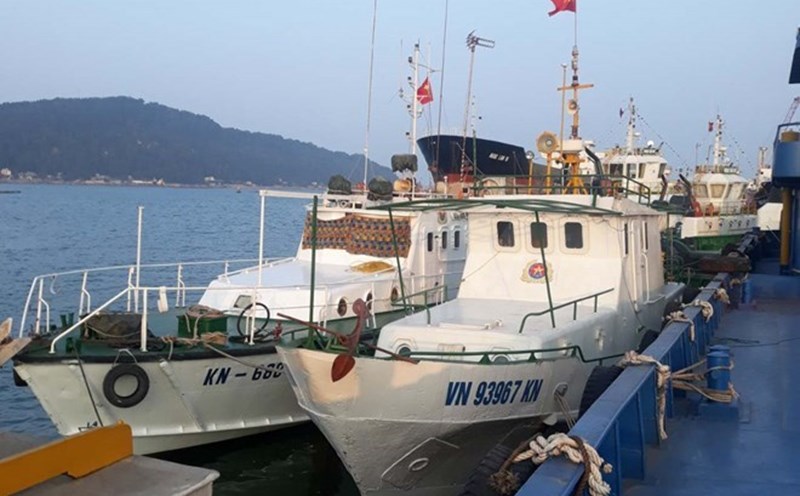According to the Semeru Volcanoe Observatory, the outbreaks occurred from 2:48 a.m. to 9:27 a.m. on March 17 local time, in conditions of southwest winds.
An observation station employee said the ash column was initially white, then turned gray with high density, moving to the southeast and south.
The Indonesian Center for Geological and Volcanic Risk Reduction (PVMBG) confirmed that the activity level of volcano Semeru is still maintained at level II (warning).
According to PVMBG's recommendation, people should avoid activities within a radius of 3km from the top of Volcano Semeru, as well as the area along Besuk Kobokan up to 8km southeast.
In addition to this area, people are also advised not to enter the area 500m from the Besuk Kobokan riverbank due to the risk of hot clouds and condensed water that could extend up to 13km from the cape.
PVMBG also warned of the risk of hot and cloudy flows along river valleys originating from the Semeru Mountains, especially the areas of Besuk Kobokan, Besuk Bang, Besuk Kembar and Besuk Sat. In addition, mud floods (lahar) may appear in small rivers that are branches of Besuk Kobokan, posing a danger to neighboring areas.











